MSI RTX 3050 Ventus 2X 8G OC in detail
In addition to the global price drop on all graphics cards, MSI is now also reducing the MSRP of the RTX 3050 Ventus 2X (OC) from its lowest range. The phrase “affordable graphics card” thus takes on a new spin, and if you’ve read somewhere that the performance characteristics of Ventus graphics cards aren’t worth much, forget it. We certainly don’t see it that way, and few RTX 3050s for this money can boast a more functionally attractive design.
Before the release of the new Nvidia Lovelace and AMD RDNA 3 graphics cards, there’s at least one more matter from the current generation that we can’t leave out – the RTX 3050. This graphics card is profiled as a cheaper alternative to Radeons built on AMD Navi 23 GPUs (RX 6600 XT and RX 6600 XT). At the same time, the performance of the GeForce RTX 3050 is significantly higher than that of the Radeon RX 6500 XT (Navi 24), although it usually lags behind the RX 6600. Still, when combined with monitors with FHD resolution or applying DLSS, this is a card that still has decent gaming performance.
The GeForce RTX 3050 is based on the same silicon as the RTX 3060, but with fewer active CUDA cores/shaders (2560 instead of 3584), a third less video memory (8 GB GDDR6), and naturally a third less memory bus width (128 bits). The memory (at 14 Gbps) on the RTX 3050 is also a bit slower, and compared to the RTX 3060, the memory bandwidth is around 40 % lower. However, the clock speeds of the graphics core remain the same for the boost, 1777 MHz in the reference versions, a bit more in the overclocked variants. In the case of the MSI Ventus 2X 8G OC it is 1807 MHz, below which the clock speeds should not fall even under the highest load. In practice, however, they’re usually rather a bit higher, as you’ll also learn from our measurements.
MSI RTX 3050 Ventus 2X 8G OC in detail
For the test, we chose the RTX 3050 in a relatively inexpensive design. In the second cheapest (after the variant without OC, copying the reference parameters) variant that MSI has on offer. Ventus is hierarchically above the Armor range, but that doesn’t apply to Ampere graphics cards. MSI last used it on GeForce in the Nvidia Pascal generation, and so by design the Ventus 2X is the cheapest thing MSI has with the latest GeForce, unless it’s just an Aero ITX suitable for mini PCs. For mainstream cases, the RTX 3050 Ventus 2X 8G (OC) is the lower price point, but it’s definitely not a card that oozes significant frugality.
For the Ventus series, MSI uses the previous generation coolers that were on the more expensive Gaming (X) cards. This is also the case here with the Twin Frozr 7 cooler, which was also part of the RTX 2060 Super, for example, with a TDP of up to 175 W, 35 % higher than that of the RTX 3050 (130 W). Although it’s not a completely identical design and the finning is both a centimeter shorter and lower, the number of heatpipes (4) has remained and the total area of the fins hasn’t been reduced that much again. The fans (Torx 3.0) are the same as on all Twin Frozr 7 coolers, with a rotor diameter of 95 mm and a depth of 10 mm. The blades are fairly dense, with no significant gaps, so static pressure will be high and airflow loss across the fins relatively low.
Note also that there are two different blade shapes alternating in the rotor. One type has protrusions on the exhaust side to suppress unwanted microturbulence and also air slippage to the blade tips. The other type is again curved in the middle with a smaller angle in the first half, closer to the frame. MSI claims that these blades are meant to accelerate airflow. We can’t get more information and details on why the flow acceleration is supposed to happen from the available materials, but it’s probably for higher rigidity (with less elasticity) due to that center hump.
The cooler cover, unlike those on the RTX 2000 Gaming X, no longer has illuminated elements, and the backplate has been saved on, as it is no longer made of metal, but only plastic. However, thanks to the imitation of brushed aluminium, it doesn’t look cheap. The backplate then has the typical windows, as on most graphics cards, which have a shorter PCB than the cooler. This naturally makes for better air circulation for more efficient cooling. Otherwise, heated air would accumulate under the backplate and would still make the operation noisier due to more air resistance. This is therefore a good move.
The dimensions are also pleasing, being a good compromise between compatibility with surrounding components and the space a 130-watt card needs to achieve silent cooling. With a length of 235 mm it won’t have difficulties inside most cases (even in older ones, which still have the drive bays behind the front panel, in the axis of the PCI Express slots), in height the card fits nicely into two slots (so the third one can possibly hold some other card).
But the depth is already slightly above standard. The card does not end flush with the PCIe plug tab, but extends 20 mm beyond it. In cases with a traditional layout you won’t run into the side panel, but in atypical models with a vertically split interior, be wary. There could already be a collision with the side panel. In addition to the width of the graphics card itself, you also have to take into account the connector for external power supply. This is oriented towards the side panel and practically at the same level as the cover. This means that when you plug it in, you have to add ten millimeters of connector from the power supply plus something for the bend of the cable wires to the physical depth of the graphics card itself (124 mm).
On some graphics cards with typically slimmer PCBs, the cooler cover protrudes significantly beyond this connector or there is a cutout in the PCB for it. However, the RTX 3050 Ventus 2X 8G OC does not have any of these and when installing it, you need to take into account that you will need at least 140mm from the slot to the side of the case.
Over the past few days, MSI has reduced the recommended price of the RTX 3050 Ventus 2X 8G OC from the original 399 EUR to 369 EUR, making this card one of the cheapest RTX 3050 dual-fan variants.
- Contents
- MSI RTX 3050 Ventus 2X 8G OC in detail
- Table of specifications
- Methodology: performance tests
- Methodology: how we measure power draw
- Methodology: noise and sound measurement
- Methodology: temperature tests
- Test rig
- 3DMark
- Age of Empires II: DE
- Assassin’s Creed: Valhalla
- Battlefield V
- Battlefield V with DXR
- Borderlands 3
- Control
- Control with DXR and DLSS
- Counter-Strike: GO
- Cyberpunk 2077
- Cyberpunk 2077 with DLSS
- Cyberpunk 2077 with DXR (and DXR with DLSS)
- DOOM Eternal
- F1 2020
- FIFA 21
- Forza Horizon 4
- Mafia: DE
- Metro Exodus
- Metro Exodus with DXR and DLSS
- Microsoft Flight Simulator
- Red Dead Redemption 2 (Vulkan)
- Red Dead Redemption 2 (Dx12)
- Shadow of the Tomb Raider
- Shadow of the Tomb Raider s DXR
- Total War Saga: Troy
- Wasteland 3
- Overall game performance and performance per euro
- CompuBench (OpenCL)
- SPECviewperf 2020 and SPECworkstation 3
- FLOPS, IOPS and memory speed tests
- 3D rendering 1/2 (LuxMark and Blender@Cycles
- 3D rendering 2/2 (Blender@Radeon ProRender and Eevee)
- Photo editing (Adobe Photoshop, Lightroom and Affinity Photo)
- Broadcasting (OBS and Xsplit)
- Password cracking
- GPU clock speeds
- GPU and VRAM temperatures
- Net GPU power draw and performance per watt
- Analysis of 12 V branch power supply (higher load)
- Analysis of 12 V branch power supply (lower load)
- Analysis of 3,3 V branch power supply
- Noise level
- Frequency response of sound
- Conclusion





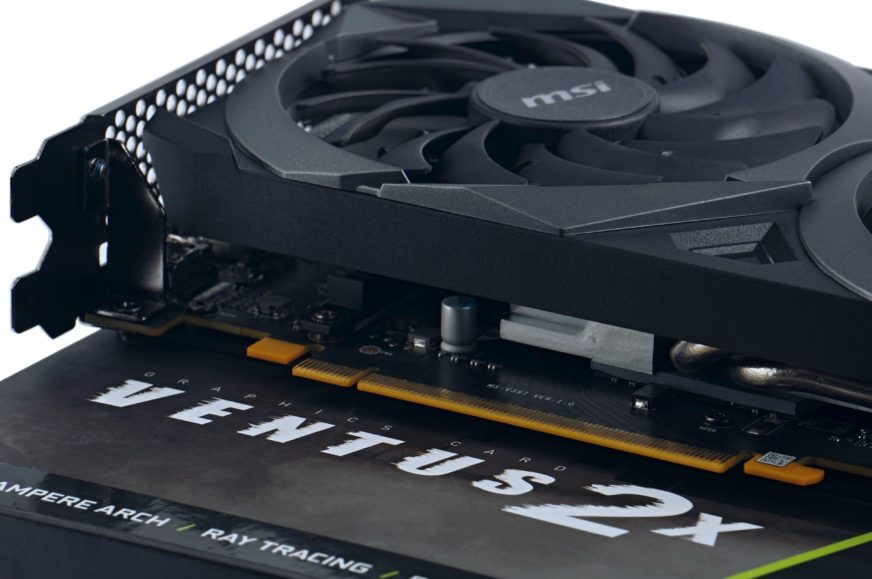
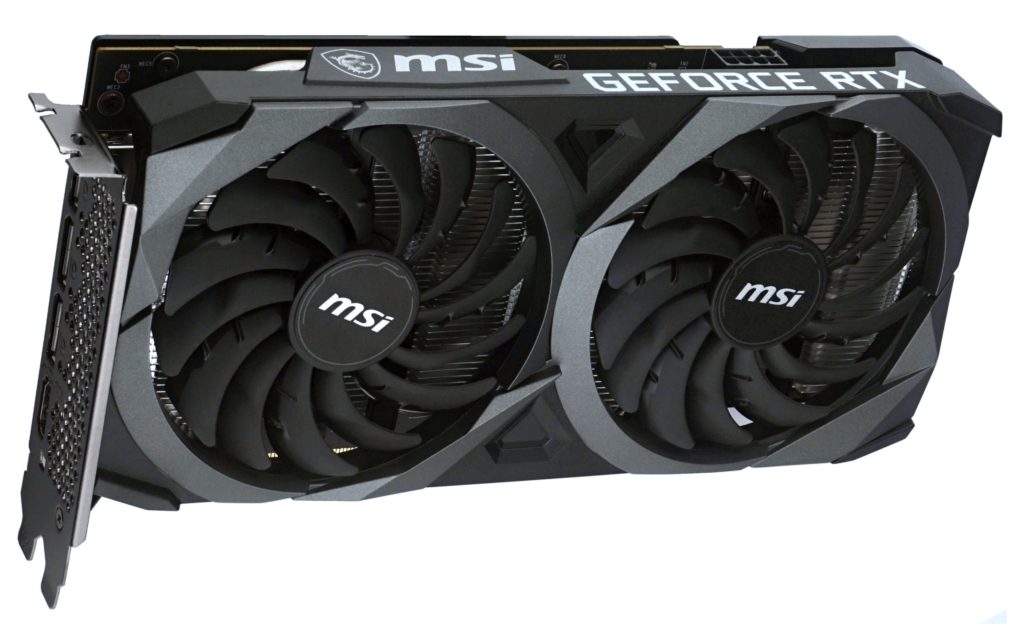
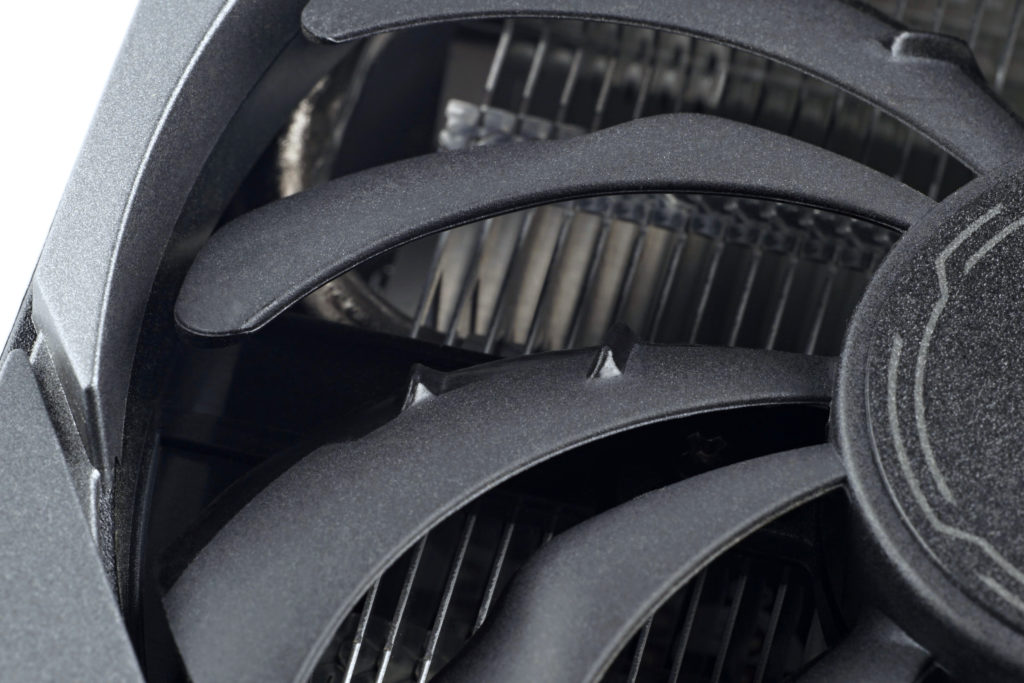


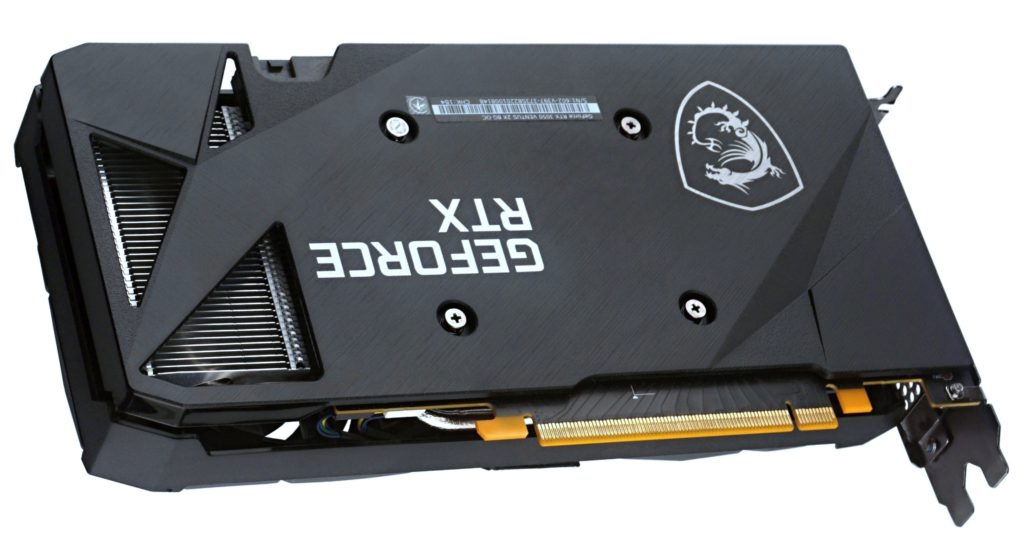
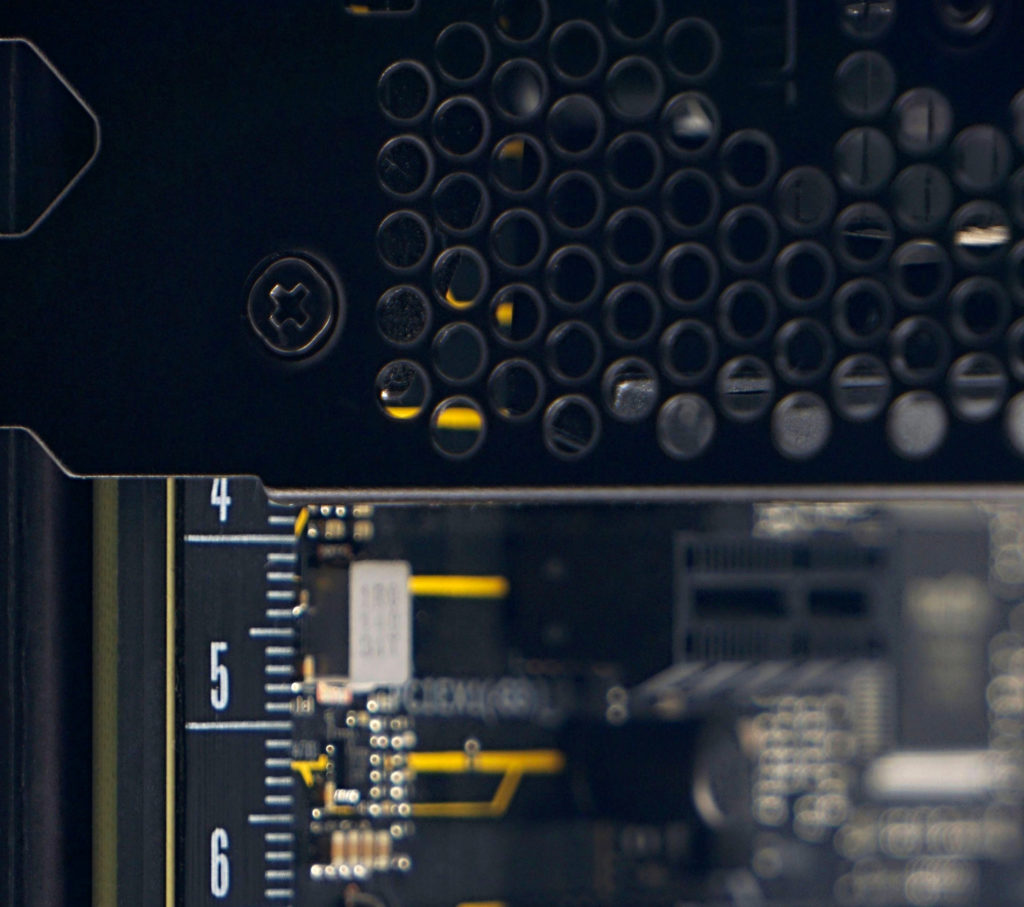


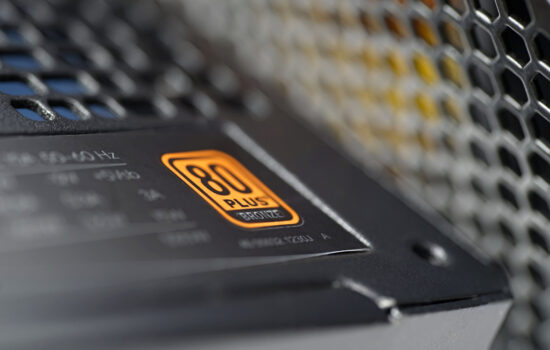




Would it be possible to perform thermal tests of the upcoming GPUs using the same noise levels – just like in CPU cooler and fan tests? With the current methodology, there is a multitude of results, but it’s often impossible to decide which result is better. Some GPUs operate at less than 60 degrees (an overkill) but to achieve it, they run twice as loud. The many game noise and thermal tests could be replaced with just coil whine tests, as it changes a lot in different environments (specific game, being in menu/playing).
The original proposal of the test methodology looked exactly as you describe (we obviously have the same taste :)), but we eventually dropped it. There were several reasons for that. But the main reason was time. If I had taken the cooler apart in such detail and tested it in several modes (instead of one) it would have been unmanageable in terms of time. It’s already too much now. With coolers and fans it’s easier, as they are not as complicated devices as graphics cards, where a lot of time is taken up by performance tests.
The time consumption of a single graphics card test in its current form, by our standards for accuracy, is approaching 300 hours of net time. With a more detailed analysis of the cooler, it would be quite a bit more, and in addition to the modes normalized by the various noise levels, we would still need the default one for evaluation in the end, which is based on the video card’s BIOS settings and is key for the vast majority of users.
And then there’s one more thing that causes some risk when testing at fixed noise levels. The GPU temperature is usually significantly lower than the VRAM and memory temperatures, which are quite difficult to keep track of. Sure, hardware monitoring and, in case of critical values, stop the test (typically at low speed) and evaluate it as a failure, but… capacity-wise, we unfortunately can’t afford this marginal type of tests, which have only a very small audience, in the interest of self-preservation. Although personally, I’d love to pursue it. So perhaps sometime in the future when we can afford to split the work between more people.